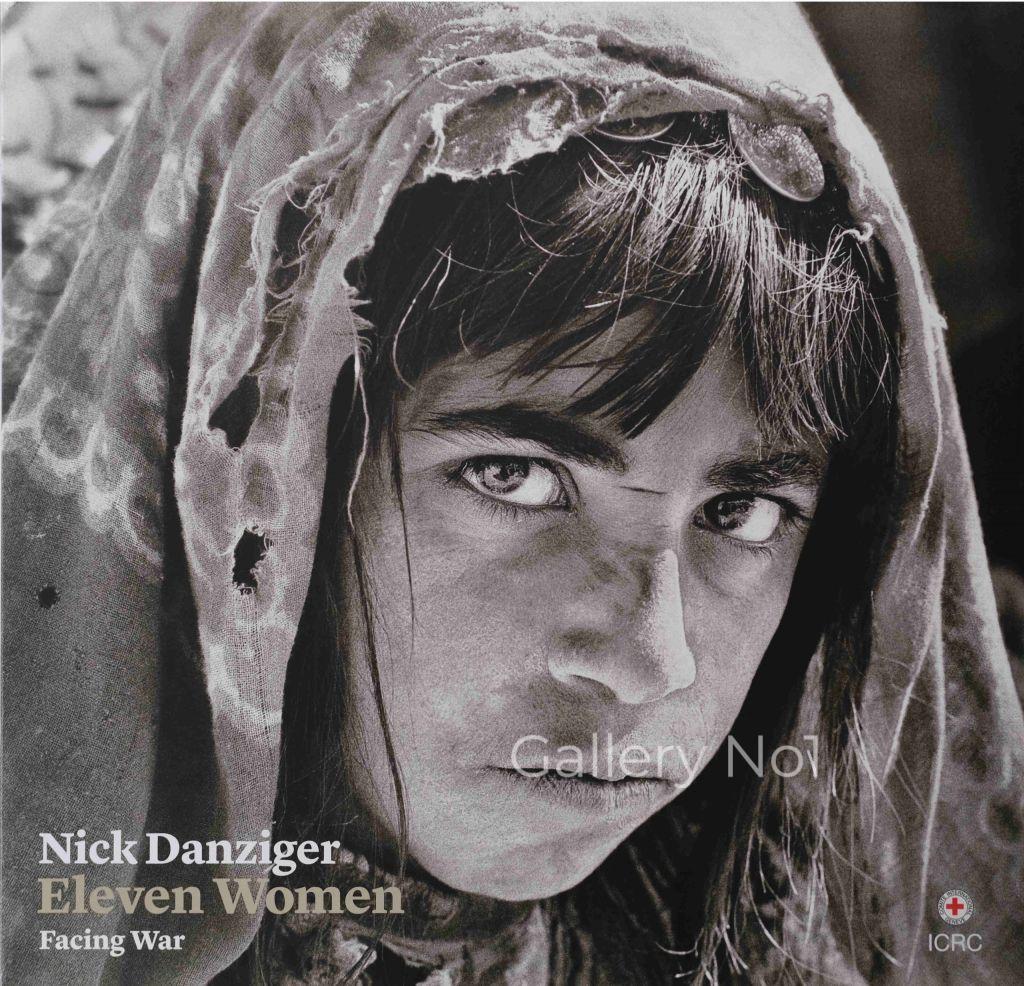Humberto Da Silveira
Humberto da Silveira is a professional photographer with extensive experience and knowledge of the Middle East, where he has been living and working for the last sixteen years. After traveling in America, Africa, Asia and Europe (1973-1978), he studied photography with Roberto Maia in Rio de Janeiro and attended courses at Parson’s School in New York, between 1979 and 1981; he then worked as assistant to Barry McKinley (the prominent portraitist of politicians, artists and other American public figures) and worked as a professional photographer in Brazil, the U.S.A. and France (notably for French Vogue).
In 1985, the Ahuan Islamic Art Gallery, in London, invited Humberto da Silveira for the opening of the Islamic Gallery of The King Faisal Foundation in Riyadh, Saudi Arabia. This experience was a defining moment in his professional life, leading him to visual history, his true passion. Thereafter, he embarked on a programme of extensive archaeological and ethnological research in the Middle East and in Saudi Arabia. This research resulted in his two first masterworks, Najd and Bedu.
Najd is a volume containing 148 photographs, illustrating Humberto da Silveira’s vision of the Kingdom of Saudi Arabia’s Neolithic, classical and 19th century traditional architecture, in the last years of its functional existence prior to modernisation. This architectural study symbolised for Humberto da Silveira the extraordinary, reciprocal dependence between the nomadic Bedu and the settled farming population of the Central Region of Najd.
Bedu, is the complementary sequel to Najd, and represents a proud record of the last true Bedouins of Arabia, the heirs to a nomadic way of life that had persisted in the region for many thousands of years, in the world’s harshest environment, and was now giving way, before his eyes, to the forces of modernisation.




